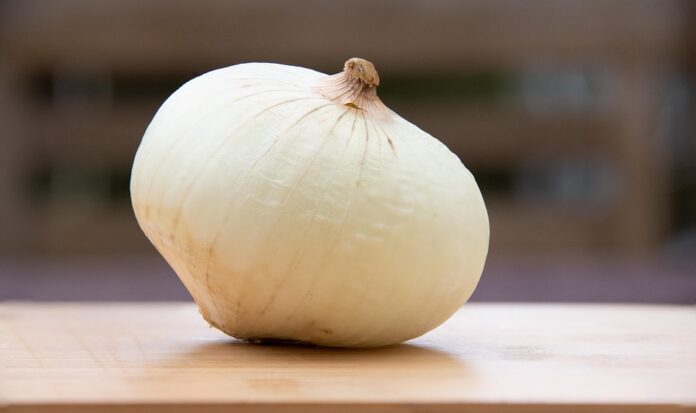Introduction
Alternative preservation methods to antioxidants have been gaining popularity in various industries due to concerns over the safety and efficacy of traditional antioxidant additives. This report will delve into the different alternative preservation methods available in the market and analyze their adoption rates.
Challenges with Traditional Antioxidants
Traditional antioxidants such as BHA, BHT, and TBHQ have long been used in food, cosmetics, and pharmaceutical products to extend shelf life and prevent oxidation. However, these additives have raised health concerns due to their potential carcinogenic properties and negative impact on the environment. As a result, companies are increasingly turning to alternative preservation methods to meet consumer demands for safer and more sustainable products.
Natural Antioxidants
One popular alternative to synthetic antioxidants is the use of natural antioxidants derived from plants, fruits, and vegetables. Natural antioxidants like vitamin E, rosemary extract, and green tea extract have been shown to be effective in preventing oxidation and extending product shelf life. Companies are investing in research and development to harness the antioxidant properties of natural ingredients for use in a wide range of products.
Microbial Preservation
Another emerging trend in the preservation industry is the use of microbial preservation methods. Probiotics and bacteriophages are being explored as natural alternatives to traditional preservatives, offering effective protection against harmful bacteria and fungi. These microbial preservation methods not only extend shelf life but also provide additional health benefits to consumers.
Market Adoption of Alternative Preservation Methods
The adoption of alternative preservation methods is on the rise as companies seek to differentiate their products in a competitive market. Natural and microbial preservation methods offer a unique selling point for brands looking to attract health-conscious consumers who prioritize clean label products. According to market research, the global market for natural antioxidants is expected to reach $1.5 billion by 2025, driven by increasing consumer demand for clean and natural products.
Industry Insights
Leading companies in the food and beverage, cosmetics, and pharmaceutical industries are investing in research and development to incorporate alternative preservation methods into their product formulations. For example, major food companies like Nestle and Unilever are actively exploring natural antioxidants and microbial preservation solutions to meet consumer preferences for clean label products. In the cosmetics industry, brands like L’Oreal and Estee Lauder are incorporating natural preservation methods to appeal to environmentally conscious consumers.
Financial Data
The financial implications of adopting alternative preservation methods vary depending on the industry and the specific method used. Companies may incur higher costs initially for research and development, as well as sourcing natural ingredients or microbial solutions. However, in the long term, companies can benefit from cost savings by reducing the need for synthetic antioxidants and complying with regulatory requirements for safer products. The market for alternative preservation methods is expected to grow at a compound annual growth rate of 8% over the next five years, presenting significant opportunities for companies to capitalize on this trend.
In conclusion, alternative preservation methods to antioxidants offer a promising solution for companies looking to meet consumer demands for safer and more sustainable products. The market adoption of natural antioxidants and microbial preservation methods is expected to continue growing as companies invest in research and development to innovate their product offerings. With the global market for alternative preservation methods projected to expand, companies that embrace these trends early on stand to gain a competitive advantage in the market.




